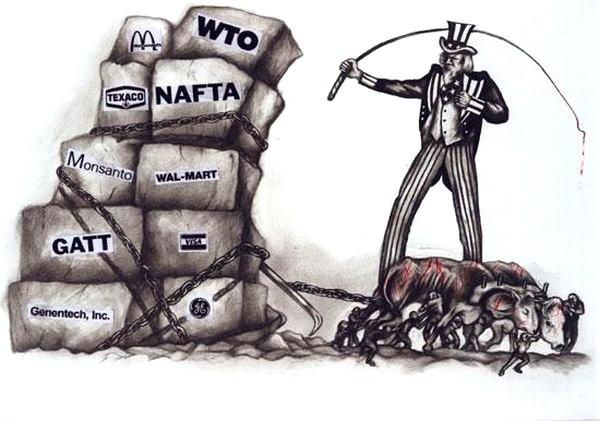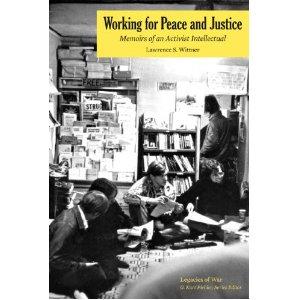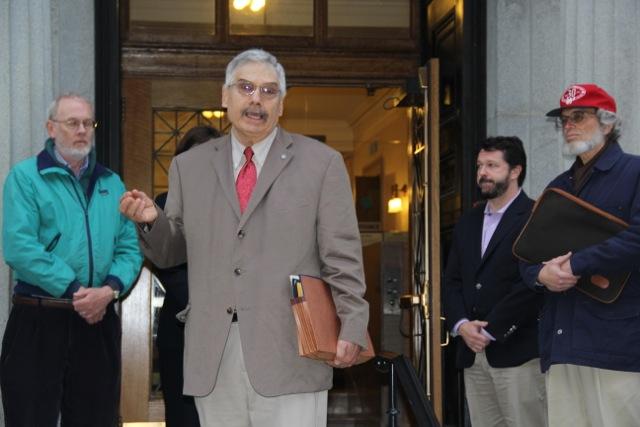To get out of the echo chamber, we need to present a vision of a democratic foreign and security policy that would tie our many campaigns together into a coherent whole, from the local to the global. Such a platform would provide hope to the many who sense that something is wrong with corporate capitalism, with U.S. foreign policy, and with the military-industrial complex. It would set the basis for a principled alliance between the peace movement and the labor, immigrant rights, women’s, economic, social, and racial justice movements that are its natural allies.






